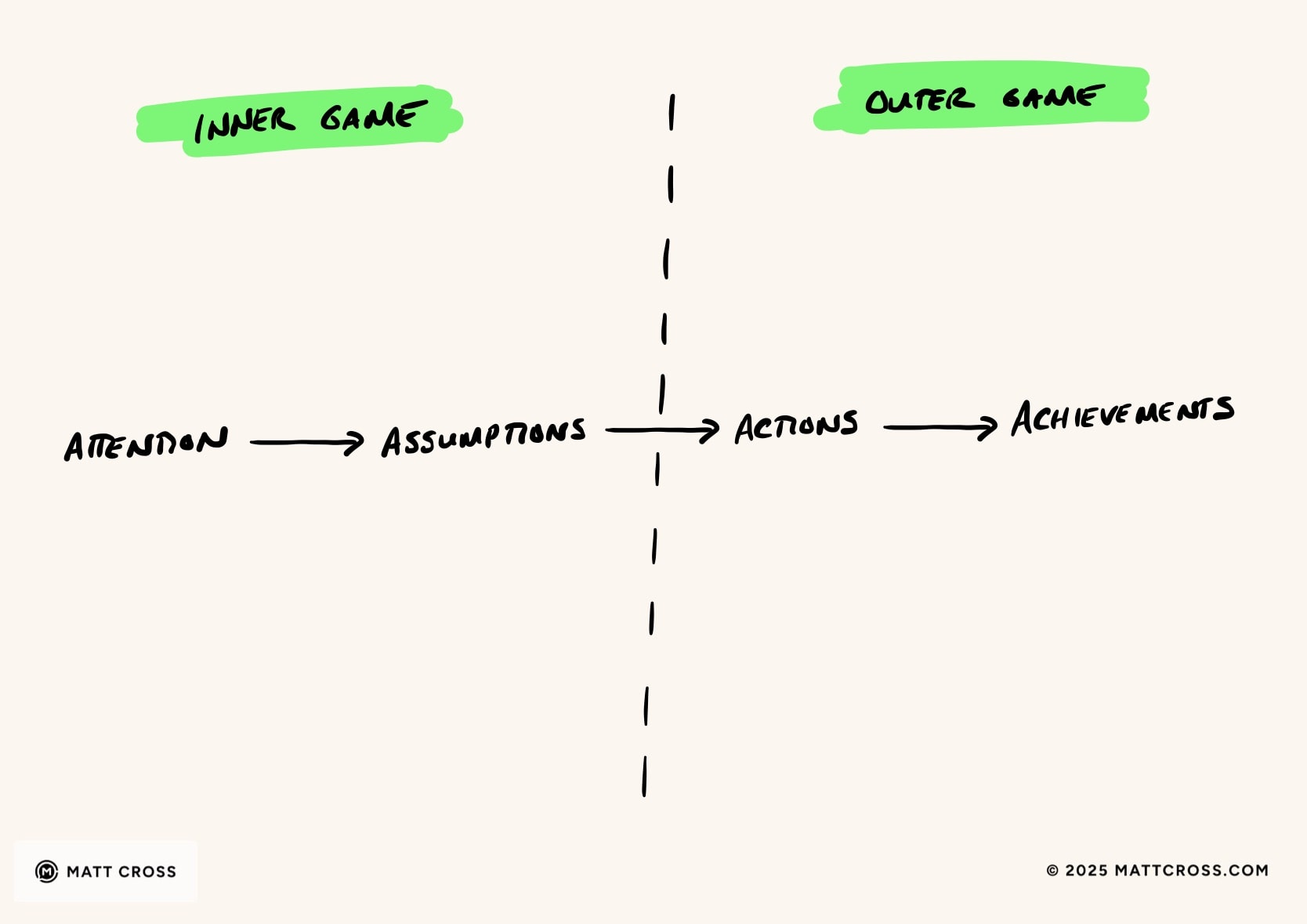Over the weekend, our family reached a milestone we’d been looking forward to for a long time. My daughter competed in her first big equestrian event at The Big E, the multi-state fair that brings together all six New England states. For years we had watched her friends ride there and imagined what it might be like if she could one day do the same. This year, that hope became reality.
My wife and I aren’t horse people. Riding wasn’t something either of us grew up with. But through our daughter’s passion, we’ve come to appreciate the sport, its challenges, and its rewards. For her, it has been a tremendous opportunity for growth. For us, it has been a lesson in learning to love something new. We have learned that embracing new experiences together can lead to unexpected growth and deeper family connections.
We told her from the start: winning wasn’t the goal. Doing her best and gaining some experience was. On Tuesday, the show began beautifully. Her first ride was strong, her horse looked comfortable, and we all felt proud. But then things shifted. She and her horse weren’t in sync. Their rhythm was gone. After a couple of tough trips around the ring, my daughter was frustrated and visibly upset.
As a parent, I wanted to jump in and fix it for her. But I knew that wouldn’t help. She needed to find her way back to a relaxed flow state and let go of the spiraling thoughts and analysis that consumed her. That moment reminded me just how powerful a mindset shift can be. These experiences shape our lives, and remind us that the mindset we choose can have a profound impact on our lives and the direction we take.
Introduction to Mindset Change
Learning how to change your mindset is one of the most important steps you can take toward personal growth and a more fulfilling life. The way you think shapes your reality. Your mindset influences your beliefs, your actions, and ultimately, your outcomes. When you make a conscious effort to shift from what Carol Dweck described as a fixed mindset to a growth mindset, you open yourself up to new possibilities and break free from negative thought patterns that may have held you back. A growth mindset is all about focusing on learning, improvement, and the belief that your abilities can develop over time. This mindset shift allows you to challenge limiting beliefs, embrace challenges, and pursue your dreams with renewed energy and confidence. By changing your mindset, you can transform not only your thoughts but also your entire approach to life, unlocking the power to grow, achieve, and realize your true potential.
The Chain Reaction of a Growth Mindset
Over the years, I’ve developed a framework to explain how mindset works and how it can be changed. The idea behind this framework is to help generate new ideas for personal growth and self-improvement.
It starts with Attention. Where we place our focus determines the lens through which we see the world. The lens can best be described as our Assumptions or the beliefs we carry about the world and how things work. Those assumptions shape our Actions, and ultimately, our actions create our Achievements. Here is my favorite diagram, which maps out as a process comprised of the inner game (your mindset) and the outer game (your methods):

Here are a couple of examples of how the process works:
- Example 1: Career Growth. If your attention is fixed on what could go wrong, your assumption may be that you’re not ready for the next opportunity. That assumption leads to timid actions (passing up chances, staying quiet in meetings), and progress stalls. Focusing on negatives can lead to missed opportunities and hinder advancement. Shift your attention to what you bring to the table, assume you have value, and your actions will reflect confidence.
- Example 2: Relationships. When your attention is stuck on someone’s flaws, your assumption becomes that they’ll never change. That belief drives impatient actions, such as criticism, pushiness, or withdrawal, which can damage the relationship. Shift your attention to their strengths, assume they have room to grow, and your actions become supportive, leading to stronger connections.
- Example 3: Personal Challenges. Focus on the obstacle in front of you, and the assumption is “this is impossible.” Actions become half-hearted, and the achievement is a failure. Shift your attention to what’s possible, assume you can learn, and suddenly your actions are creative and resilient, often led by a new, empowering perspective.
- Example 4: Leadership. When a leader’s attention is fixed on problems and mistakes, the assumption often becomes “my team isn’t capable.” That belief leads to controlling actions such as micromanaging, second-guessing, and withholding trust. The achievement is a disengaged team with low morale. However, if the leader shifts their attention to effort and progress, the assumption becomes, “My team can grow.” Actions then shift to coaching, encouragement, and support. The achievement is a team that feels empowered, develops confidence, and delivers stronger results.
This is the essence of my upcoming book, Subtle Shifts: Simple Strategies for Sustainable Success, which comes out Monday, September 29th. In it, I demonstrate how creating positive change through minor adjustments in attention and assumptions can lead to lasting success. The framework applies to different mindsets, helping readers recognize and shift their mindsets for better outcomes.
Overcoming Limiting Beliefs
Limiting beliefs are those quiet, persistent thoughts that tell us we’re not good enough, smart enough, or deserving of happiness and success. These negative thought patterns can subtly influence our actions and prevent us from reaching our full potential. The first step in overcoming limiting beliefs is to become aware of your negative self-talk and recognize when it’s holding you back. Practice self-awareness by noticing the stories you tell yourself, especially in moments of self-doubt. Once you identify these beliefs, challenge them by asking if they’re really true, and replace them with positive affirmations and empowering thoughts. Surround yourself with positive influences. Find people who encourage your growth and help you see your strengths. Set realistic goals and celebrate your progress, no matter how small. Remember, overcoming limiting beliefs is a process that takes time and patience, but with each step you take, you build your confidence and develop a positive mindset and a growth mindset. With conscious effort, you can break free from old thought patterns and create space for personal growth and lasting success.
The Power of Positive Self-Talk
The way you talk to yourself matters more than you might realize. Positive self-talk is a powerful tool for shifting your mindset and building the confidence you need to succeed. When you catch yourself slipping into negative self-talk, pause and consciously replace those thoughts with positive and empowering affirmations. Focus on your strengths, your abilities, and the progress you’ve made, rather than dwelling on your weaknesses or mistakes. Practicing positive self-talk can help you develop greater self-esteem, reduce stress and anxiety, and foster a more optimistic outlook on life. Over time, this conscious effort to shift your inner dialogue will help you develop a positive mindset and a growth-oriented approach to challenges. Remember, every time you choose positive self-talk, you’re taking a step toward greater happiness, success, and personal growth.
Practicing Gratitude
Gratitude is a simple yet transformative practice that can help you shift your mindset and see life through a more positive lens. By focusing on what you’re grateful for, you can break free from negative thought patterns and develop greater self-awareness. Try writing down a few things you appreciate each day, or take a moment to share your gratitude with someone else. This practice helps you recognize the little things that bring joy and happiness, even during challenging times. As you make gratitude a regular part of your routine, you’ll notice a shift in your thought patterns. Your mindset will become more positive, and you will start to see opportunities for growth and success in everyday moments. Practicing gratitude is a powerful way to nurture happiness, develop a positive outlook, and celebrate the good in your life.
Prioritizing Mental Health
Taking care of your mental health is essential for developing and maintaining a positive mindset. When you prioritize mental health, you’re making a conscious effort to protect your well-being and create a strong foundation for growth and happiness. This means recognizing when negative thought patterns or limiting beliefs are affecting you, and taking steps to address them. Seek support from friends, family, or mental health professionals when you need it, and make time for activities that boost your well-being, such as physical activity, mindfulness, or simply taking a break to rest and recharge. Remember, your mental health is just as important as your physical health, and nurturing it allows you to develop a more resilient and positive mindset. By prioritizing mental health, you empower yourself to overcome challenges, achieve success, and enjoy a happier, more fulfilling life.
How to Change Your Mindset in Practice with Conscious Effort
So, how do you actually change your mindset when you’re stuck in negative thought patterns, weighed down by self-doubt, or spiraling into negative self-talk? Here are five practical steps drawn from Subtle Shifts:
- Audit Your Attention. Notice where your focus goes in stressful moments. Are you obsessing over mistakes or worrying about what could go wrong? Redirect your focus toward small victories, positive influences, and what matters most right now. Attention is the first step toward a growth mindset.
- Challenge Your Assumptions. Write down the limiting beliefs or negative thoughts that keep replaying in your mind. When one writes these thoughts down, they become more manageable, and having them written allows you to track your progress over time. Ask: Is this true? Is there another perspective? By questioning assumptions, you replace negative self-talk with empowering thoughts and positive affirmations.
- Break It into Small, Achievable Goals. Significant changes can feel overwhelming and feed anxiety. Instead, identify one small, realistic goal you can take today. Achieving small things builds momentum, increases self-esteem, and shifts your perspective toward success and growth. Believing in your ability and being willing to work hard are key to making progress. Remember, hard work is essential for achieving your goals and changing your mindset. It’s also vital to anticipate setbacks and adjust your expectations to maintain a positive outlook.
- Practice Gratitude Daily. Gratitude interrupts negative thought patterns and raises self-awareness. Take a single day and notice three things you’re grateful for. This conscious effort retrains your brain to perceive joy, even in challenges, and strengthens your mental health.
- Seek Support and Feedback. Changing your mindset doesn’t happen in isolation. Surround yourself with positive influences, ask mentors for perspective, and lean on trusted relationships. External feedback helps you recognize blind spots, overcome stress, and stay moving forward.
A Final Word
Watching my daughter ride at The Big E reminded me that mindset shifts don’t just happen in arenas or boardrooms. They occur in life’s everyday moments. Whether it’s a young rider struggling with her horse, a leader navigating a tough quarter, or any of us dealing with setbacks, the truth is the same: we all get stuck in negative thought patterns.
But we’re not powerless. By shifting our attention, challenging our assumptions, and making conscious choices, we can break free from a fixed mindset and move toward growth and development. Positive thinking alone won’t solve everything, but when practiced consistently, these subtle shifts create positive changes in our reality.
So the next time you feel stuck, remember: mindset is not about ignoring what’s wrong. It’s about choosing what you focus on, what you believe, and how you act. That’s where the real power lies.
And that’s how you change your mindset.

